Accounting Services
A dacryocystorhinostomy (DCR) is a type of surgery done to create a new tear drain between your eyes and nose.
You may need this surgery if your own tear duct has become blocked.
This sac leads to the tear duct. This duct passes around some bony structures surrounding your nose and drains into your nasal cavity.
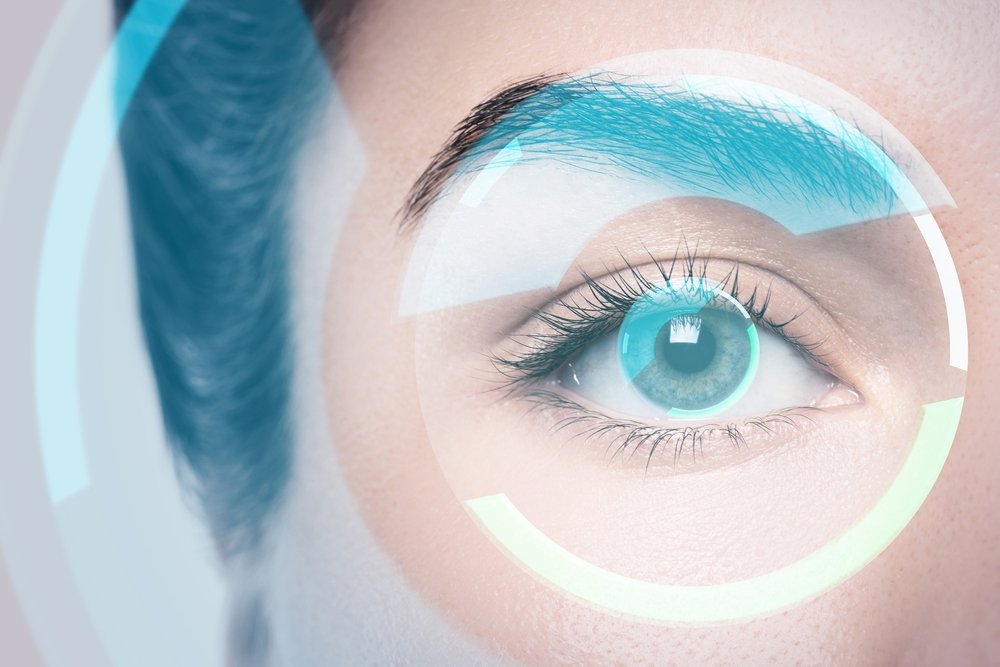
Occuloplasty Surgery
Oculoplastics or oculoplastic surgery
Oculoplastics, or oculoplastic surgery, includes a wide variety of surgical procedures that deal with the orbit (eye socket), eyelids, tear ducts, and the face. It also deals with the reconstruction of the eye and associated structures.
Surgery
Lachrymal Sac Surgery
A dacryocystorhinostomy (DCR) is a type of surgery done to create a new tear drain between your eyes and nose. You may need this surgery if your own tear duct has become blocked. …
This sac leads to the tear duct. This duct passes around some bony structures surrounding your nose and drains into your nasal cavity.
Glaucoma
Glaucoma Surgery. Surgery involves either laser treatment or making a cut in the eye to reduce the intraocular pressure.
The type of surgery your doctor recommends will depend on the type and severity of your glaucoma and the general health of your eye.
Squint surgery
Oculoplastics or oculoplastic surgery
Squint surgery is a very common eye operation. It usually involves tightening or moving one or more of the outside eye muscles which move the eye to change the eye position
Pterygium Surgery
Most corneal specialists today perform pterygium surgery with a conjunctival autograft because of a reduced risk of recurrence. In this technique, the pterygium is removed, and the cornea regains clarity. However, the gap in the mucous membrane (conjunctiva) tissue, where the pterygium was removed, is filled with a transplant of tissue that has been painlessly removed from underneath the upper eyelid.
Retinal surgery
Pars plana vitrectomy (PPV or vitrectomy involving removal of the vitreous gel of the eye) is the most common surgery performed for a retinal detachment today.
Physicians perform three types of eye surgery for actual retinal detachment: vitrectomy, scleral buckling, and pneumatic retinopexy.
Fundus Photography
Fundus Photography: Optical coherence tomography (OCT) is an imaging technique that uses low-coherence light to capture micrometer-resolution, two- and three-dimensional images from within optical scattering media (e.g., biological tissue). It is used for medical imaging and industrial nondestructive testing (NDT).
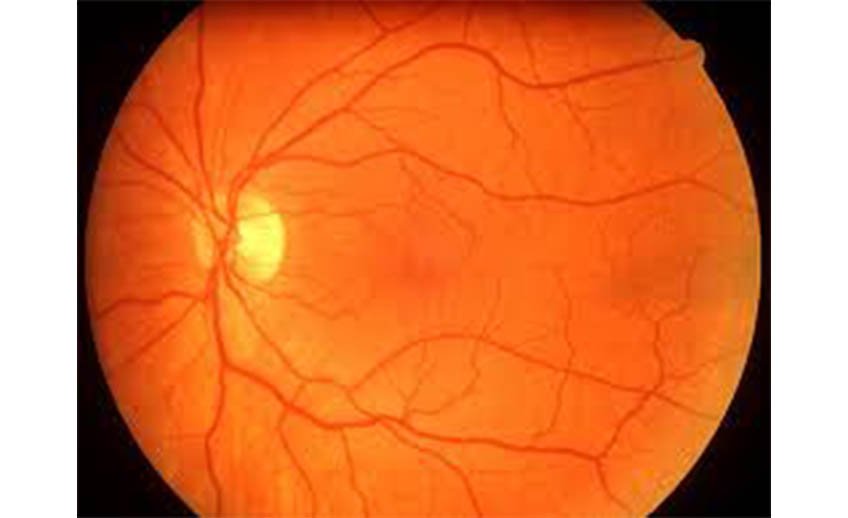
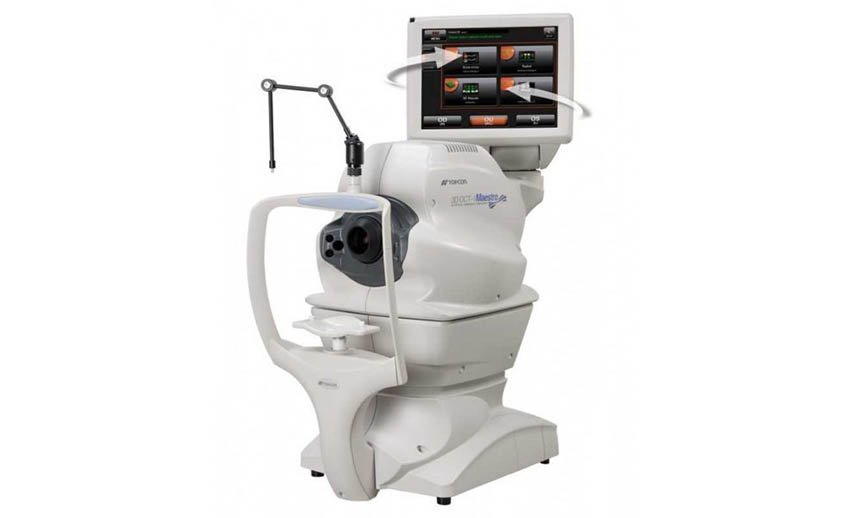
Optical coherence tomography
Optical coherence tomography (OCT) is an imaging technique that uses low-coherence light to capture micrometer-resolution, two- and three-dimensional images from within optical scattering media (e.g., biological tissue). It is used for medical imaging and industrial nondestructive testing (NDT).
Optical Biometry
Optical biometry is the current standard for intraocular lens (IOL) power calculations in clinical practice. Optical biometry is a highly accurate non-invasive automated method for measuring the anatomical characteristics of the eye
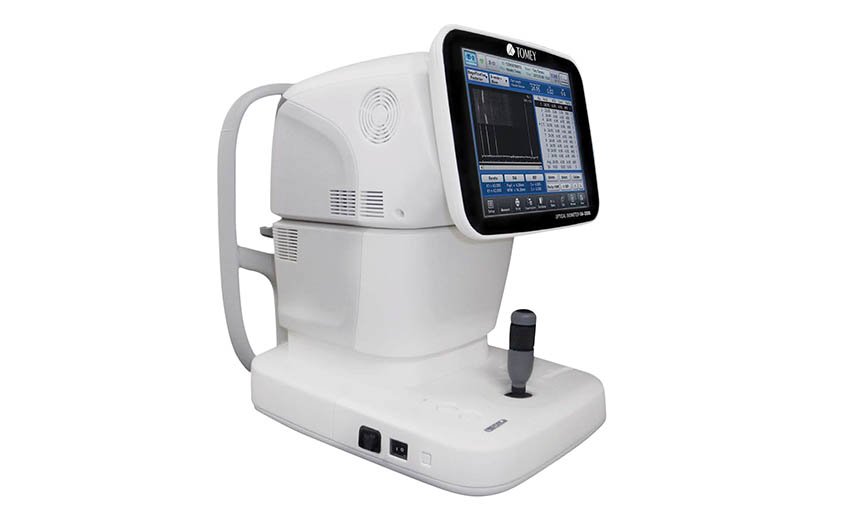
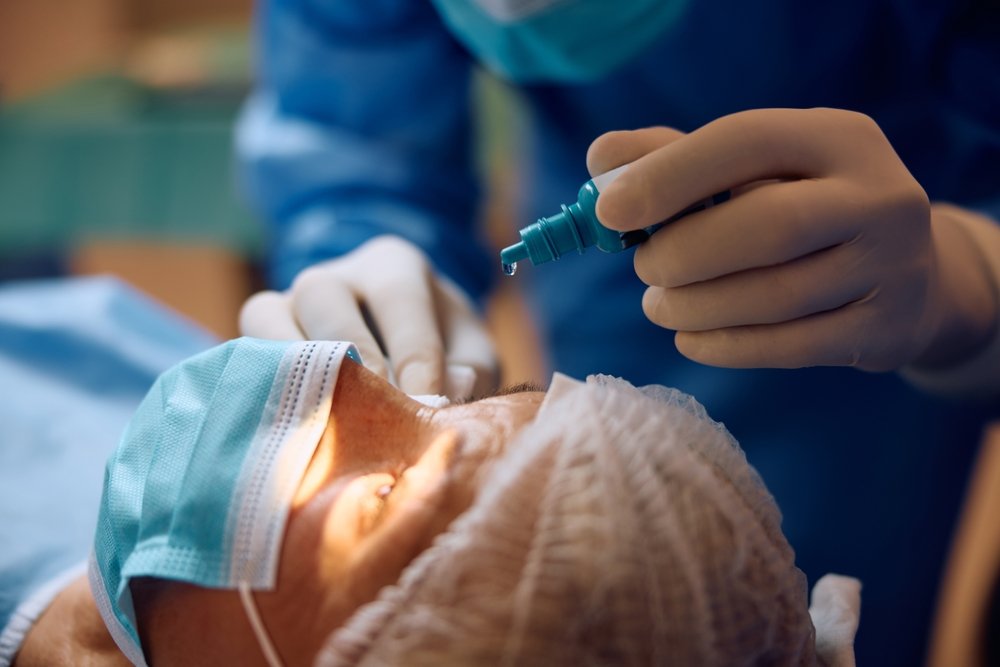
Autoperimetry
A perimetry test (visual field test) measures all areas of your eyesight, including your side, or peripheral, vision. To do the test, you sit and look inside a bowl-shaped instrument called a perimeter. While you stare at the centre of the bowl, lights flash. You press a button each time you see a flash. A computer records the spot of each flash and if you pressed the button when the light flashed in that spot.
Contact Lenses
Contact lenses are an excellent choice for nearly anyone who needs vision correction and doesn’t want to wear eyeglasses full time or undergo LASIK surgery.
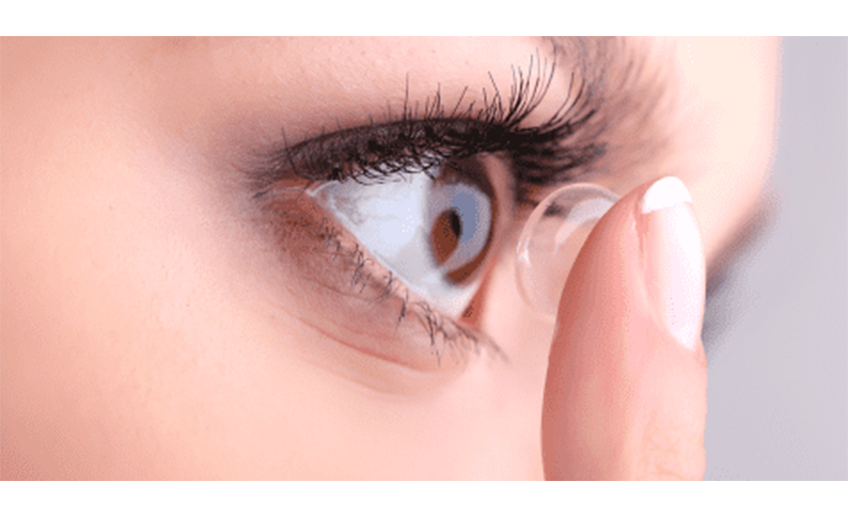
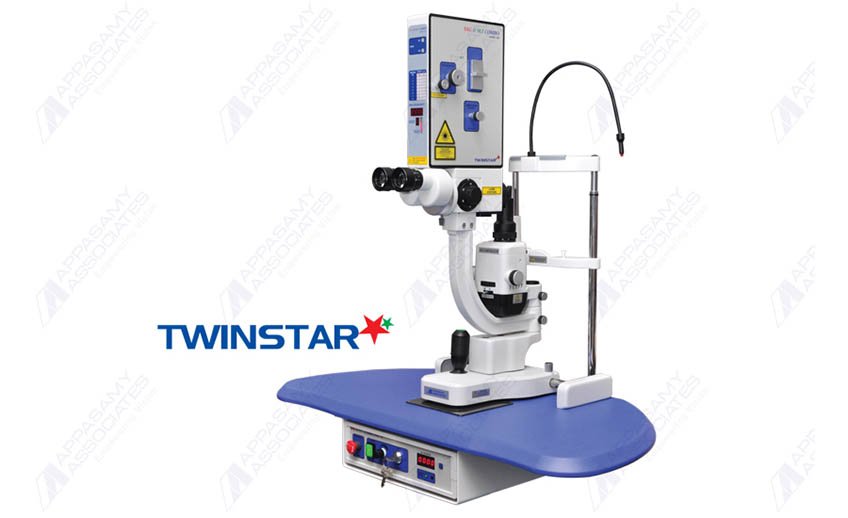
Nd: YAG Laser
Optical biometry is the current standard for intraocular lens (IOL) power calculations in clinical practice. Optical biometry is a highly accurate non-invasive automated method for measuring the anatomical characteristics of the eye
A-Scan
A-scan ultrasound biometry, commonly referred to as an A-scan (short for Amplitude scan), is routine type of diagnostic test used in optometry or ophthalmology. The A-scan provides data on the length of the eye, which is a major determinant in common sight disorders.
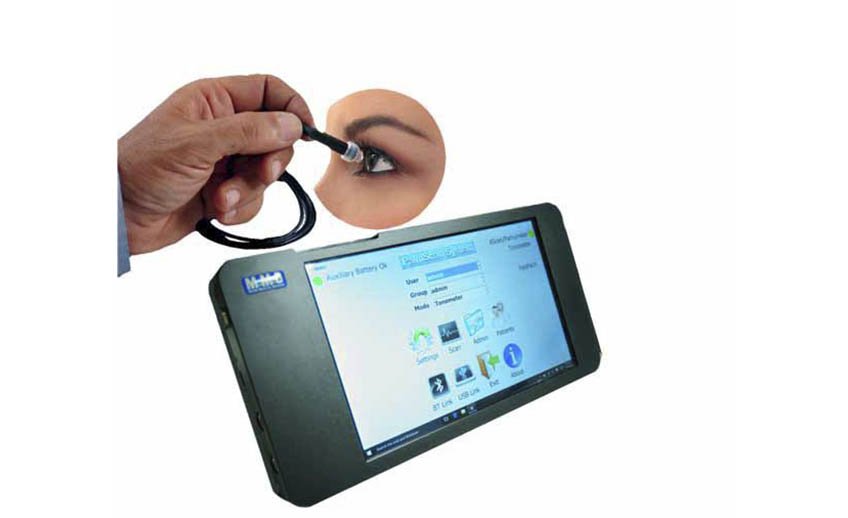
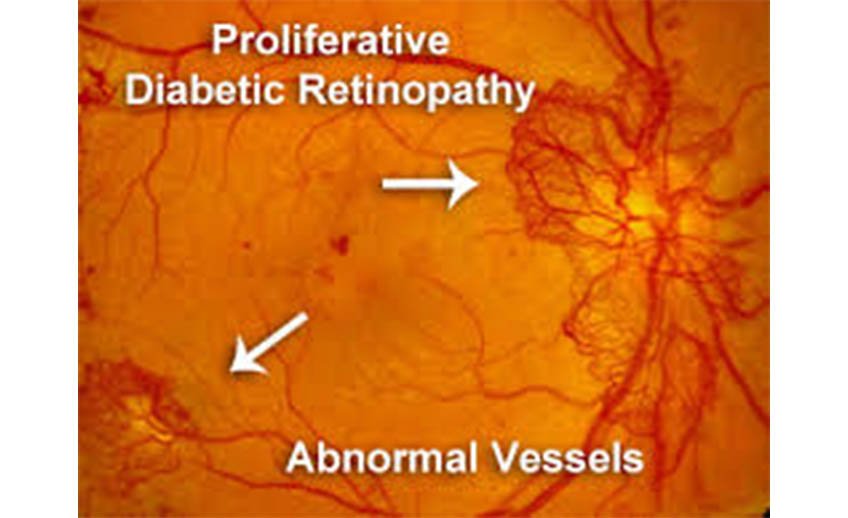
Argon laseris
Argon laseris used to prevent leakage of fluid from blood vessels at the back of the eye (the retina) or to prevent the development of abnormal blood vessels in the eye. … Here the laser is targeted towards the leaking area to reduce leakage of fluid from leaky blood vessels in the retina.
Gonioscopy
Gonioscopy :is a painless exam your ophthalmologist uses to check a part of your eye called the drainage angle. This area is at the front of your eye between the iris and the cornea. It is where fluid called aqueous humor naturally drains out of your eye
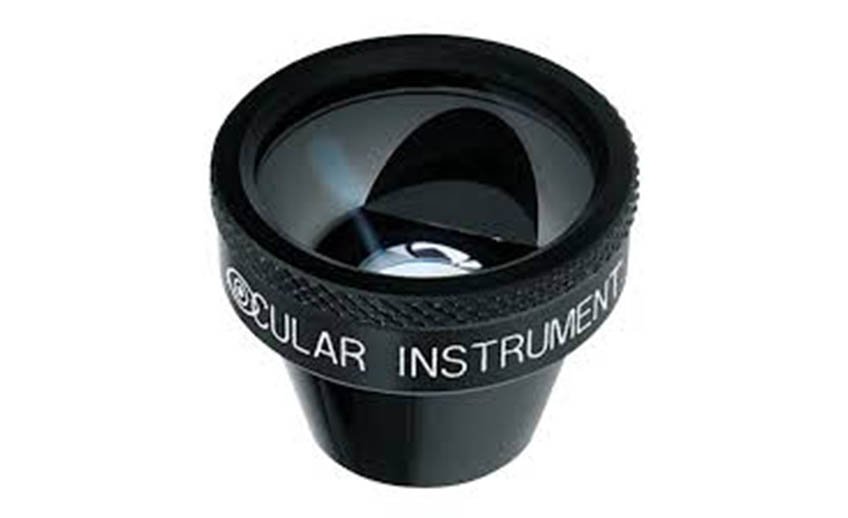
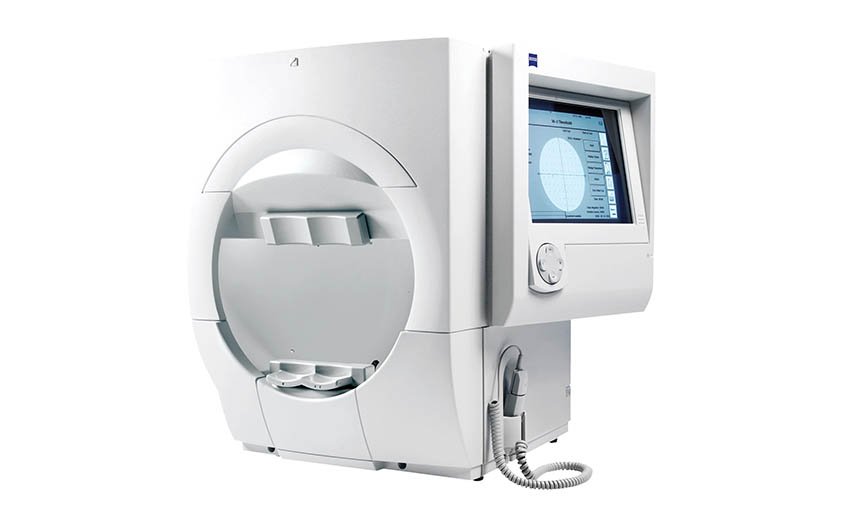
Glaucoma Management
The damage caused by glaucoma can’t be reversed. But treatment and regular checkups can help slow or prevent vision loss, especially if you catch the disease in its early stages. Glaucoma is treated by lowering your eye pressure (intraocular pressure). Depending on your situation, your options may include prescription eyedrops, oral medications, laser treatment, surgery or a combination of any of these.
Computerized Eye Checkup(Autorefractor Keratometer)
An autorefractor or automated refractor is a computer-controlled machine used during an eye examination to provide an objective measurement of a person’s refractive error and prescription for glasses or contact lenses.
A keratometer, also known as an ophthalmometer, is a diagnostic instrument for measuring the curvature of the anterior surface of the cornea, particularly for assessing the extent and axis of astigmatism.
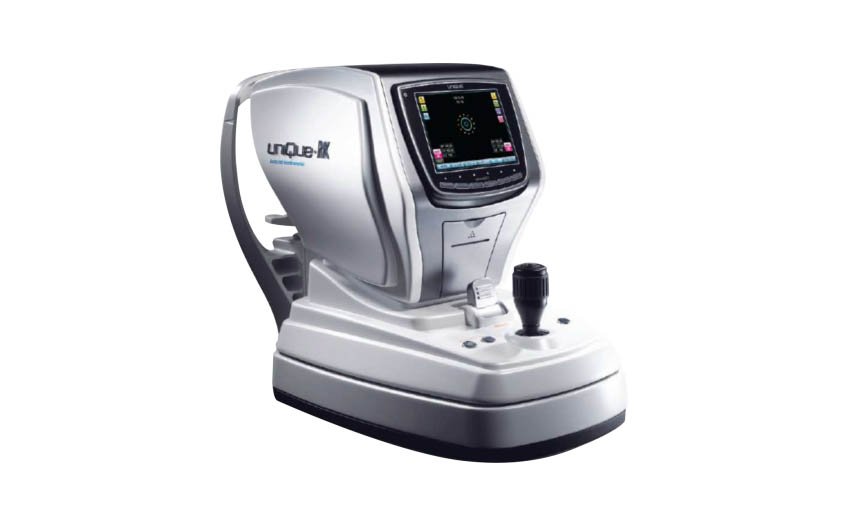
Sutureless Cataract Surgery
Manual small–incision cataract surgery (MSICS; also SICS or SECCE) is a low-cost, small–incision form of extracapsular cataract extraction (ECCE) that is principally employed in the developing world. Compared to traditional ECCE, MSICS has the advantage of a self-sealing sutureless wound.
Phaco Surgery
Manual small–incision cataract surgery (MSICS; also SICS or SECCE) is a low-cost, small–incision form of extracapsular cataract extraction (ECCE) that is principally employed in the developing world. Compared to traditional ECCE, MSICS has the advantage of a self-sealing sutureless wound.
